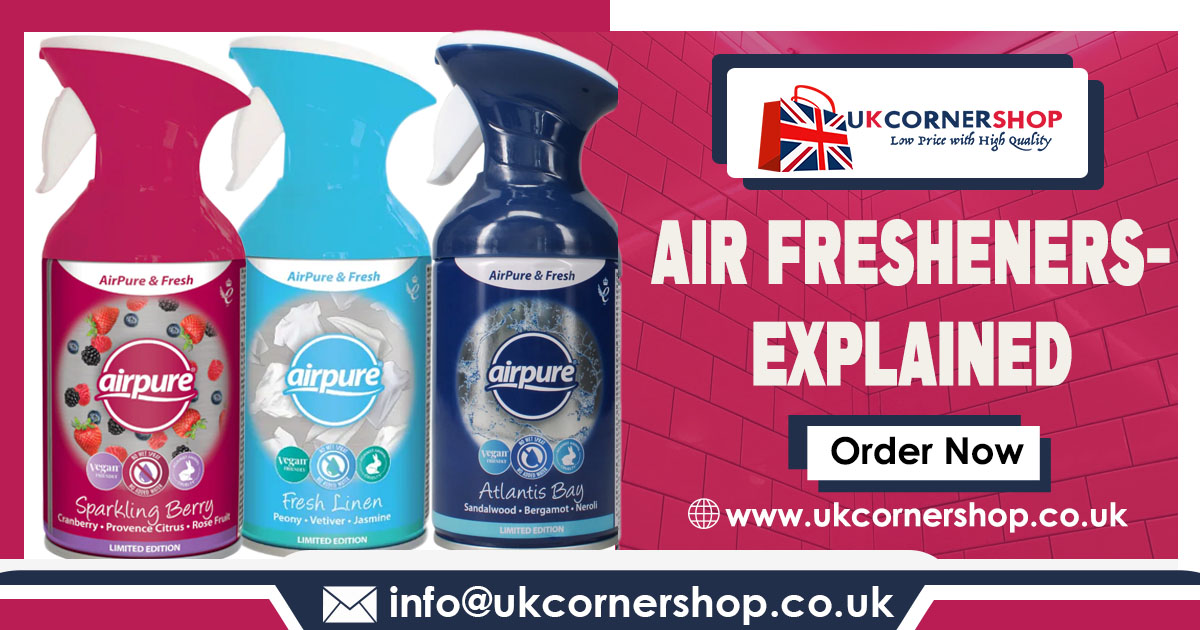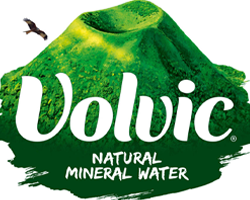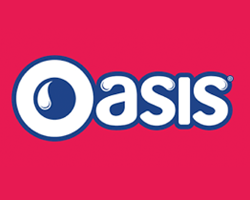In the modern world, air fresheners have become an integral part of our lives, transforming the atmosphere of our homes, offices, and vehicles with pleasant scents. The love for air fresheners is deeply rooted in our desire for a fragrant and inviting environment. This article explores the fascinating history of air fresheners, tracing their evolution from ancient times to the present day and the science behint it.
Ancient Origins
The use of fragrances to freshen the air can be traced back to ancient civilizations. The Egyptians, Greeks, and Romans burned incense and scented oils for religious ceremonies and to mask unpleasant odors. Fragrant herbs and flowers were also strewn on the floors of homes and public spaces to create a more pleasant atmosphere.
The Renaissance and Potpourri
During the Renaissance, the popularity of potpourri rose in Europe. This mixture of dried flowers, herbs, and spices not only added fragrance to living spaces but also served as a decorative element. Potpourri continued to be a favored method of freshening the air well into the 18th century.
Industrial Revolution and the Birth of Modern Air Fresheners
With the advent of the Industrial Revolution, advancements in chemistry led to the development of synthetic fragrances. In the early 20th century, the first commercial air fresheners appeared on the market. These products often relied on chemicals like formaldehyde to neutralize odors, a far cry from the natural scents of earlier times.
Aerosols and the 1950s Boom
The 1950s witnessed a surge in the popularity of aerosol air fresheners. With the convenience of easy application, consumers could now simply spray a burst of fragrance into the air. Companies like Air Wick and Glade emerged, offering a variety of scents to suit different preferences.
21st Century: Innovation and Diversity
As we entered the 21st century, the air freshener industry saw a shift towards eco-friendly and natural alternatives. Essential oils gained popularity for their therapeutic benefits, and diffusers became a popular method of dispersing fragrance. Brands like Febreze introduced fabric fresheners that eliminated odors from furniture and clothing.
Smart Home Integration
In recent years, technological advancements have allowed air fresheners to integrate with smart home systems. Consumers can now control the scent of their environment through smartphone apps, adjusting fragrance intensity and scheduling releases.
The Psychology of Scent
The appeal of air fresheners goes beyond just masking unpleasant odors. The psychology of scent reveals that fragrances can evoke memories, influence moods, and enhance well-being. Scents like lavender and eucalyptus are associated with relaxation, while citrus and mint can provide an invigorating effect.
Unveiling the Olfactory Symphony: The Science Behind Air Fresheners
The allure of a pleasant-smelling space goes beyond mere aesthetics; it has a profound impact on our emotions, memories, and overall well-being. Air fresheners, designed to enhance our surroundings with delightful fragrances, are rooted in the intricate science of olfaction. This article delves into the fascinating world of scent perception, the chemistry behind air fresheners, and the psychological effects of aromatic molecules.
Olfaction and the Human Nose
The sense of smell, or olfaction, is a complex process governed by the nasal cavity. When airborne molecules reach the olfactory receptors, they bind to specific proteins, triggering nerve signals to the brain. This process is the foundation of our ability to perceive and interpret various scents.
Psychology of Scent
Emotional Impact
The connection between scent and emotion is a well-established field. Certain fragrances can evoke memories, trigger specific moods, or even influence behavior. Lavender, for example, is often associated with relaxation, while citrus scents can promote alertness and energy.
Well-Being and Productivity
Studies suggest that pleasant scents in the environment can positively impact mood, reduce stress, and enhance overall well-being. In workplace settings, carefully chosen fragrances may contribute to increased productivity and improved cognitive performance.
Chemistry of Fragrance
Air fresheners work by releasing fragrant substances into the air, creating a pleasant odor that masks or eliminates unpleasant smells. The specific mechanisms vary depending on the type of air freshener, but generally, they operate through evaporation, diffusion, or a combination of both. Here’s an overview of how different types of air fresheners work:
Natural vs. Synthetic
Air fresheners utilize a variety of fragrances, which can be derived from natural sources like essential oils or created synthetically in laboratories. Synthetic fragrances offer consistency and a broader range of scents, while natural alternatives are often preferred for their authenticity and therapeutic properties.
Carrier Agents
Fragrances need a medium to disperse effectively in the air. Carrier agents, such as water, alcohol, or propellants in aerosol formulations, help release and transport the aromatic molecules into the surrounding environment.
Types of Air Fresheners
Aerosols
Aerosol air fresheners disperse fragrance into the air in tiny droplets, providing an instant burst of scent. Propellants, such as compressed air or liquefied gas, aid in the even distribution of the fragrance. When you press the nozzle, a valve opens, allowing the liquid inside to come out as a fine mist of droplets into the air. These droplets contain the fragrance, and as they evaporate, the scent is spreads throughout the room.
Electric Diffusers
Electric diffusers utilize heat or ultrasonic vibrations to disperse essential oils into the air, creating a fine mist. These devices offer a more controlled and longer-lasting release of fragrance.
Heat-based Diffusers
These diffusers use heat to vaporize a scented liquid or essential oil. The resulting vapor is releases into the air, carrying the fragrance. Examples include candle warmers and electric heating elements.
Ultrasonic Diffusers
Ultrasonic diffusers use ultrasonic vibrations to break down essential oils into tiny particles, creating a fine mist. The mist releases into the air, providing a more subtle and consistent diffusion of fragrance.
Gel and Solid Air Fresheners
Gel-based and solid air fresheners release fragrance gradually over time. The porous nature of the material allows for the slow evaporation of scented compounds, providing a consistent and long-lasting aromatic experience.
Car Air Fresheners
Car air fresheners often come in the form of hanging cardboard or plastic shapes, beads, or gel. The design allows for a slow release of fragrance over an extended period. Some also use clips to attach to air vents, utilizing the airflow to disperse the scent.
Spray Pump or Trigger Sprays
Similar to aerosol sprays, pump or trigger sprays operate by manually pumping a trigger to release a burst of scented liquid into the air. The liquid may contain a mixture of water, alcohol, and fragrance, and it evaporates quickly, leaving the desired scent behind.
The love for air fresheners has endured the test of time, evolving from ancient practices to innovative modern solutions. Whether through ancient incense, Renaissance potpourri, aerosols of the 1950s, or the smart home technology of today, air fresheners continue to play a crucial role in shaping our living spaces.
As we strive for a harmonious and pleasant environment, the journey of air fresheners is a fragrant testament to our enduring quest for a delightful olfactory experience.
Buy Air Fresheners in the UK?
Inside United Kingdom the best place to buy most popular air fresheners or any other popular local and imported consumer goods is UK Corner Shop. Also we are one of the best convenience store that offers best price for alcohol in the UK retail market.


































